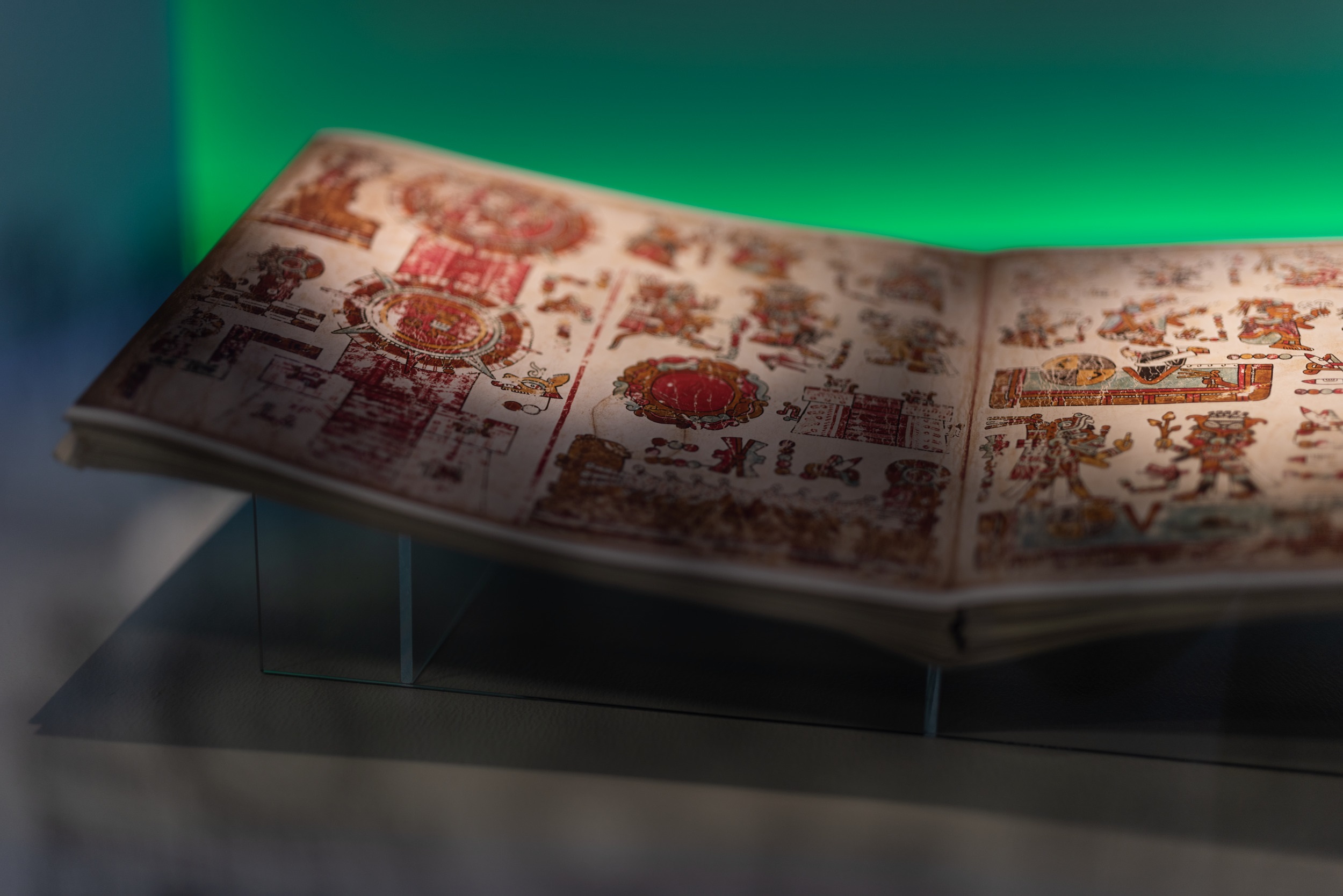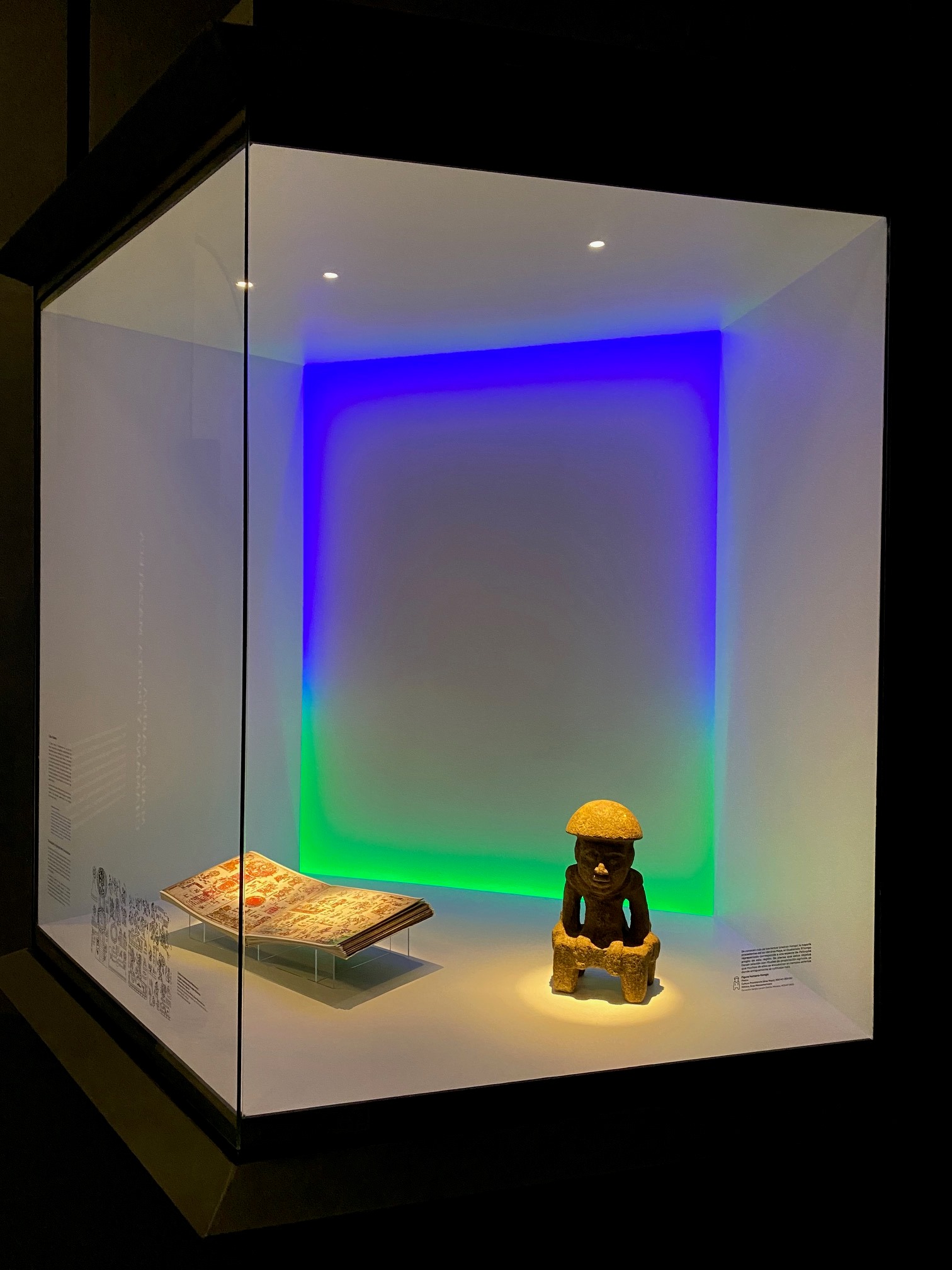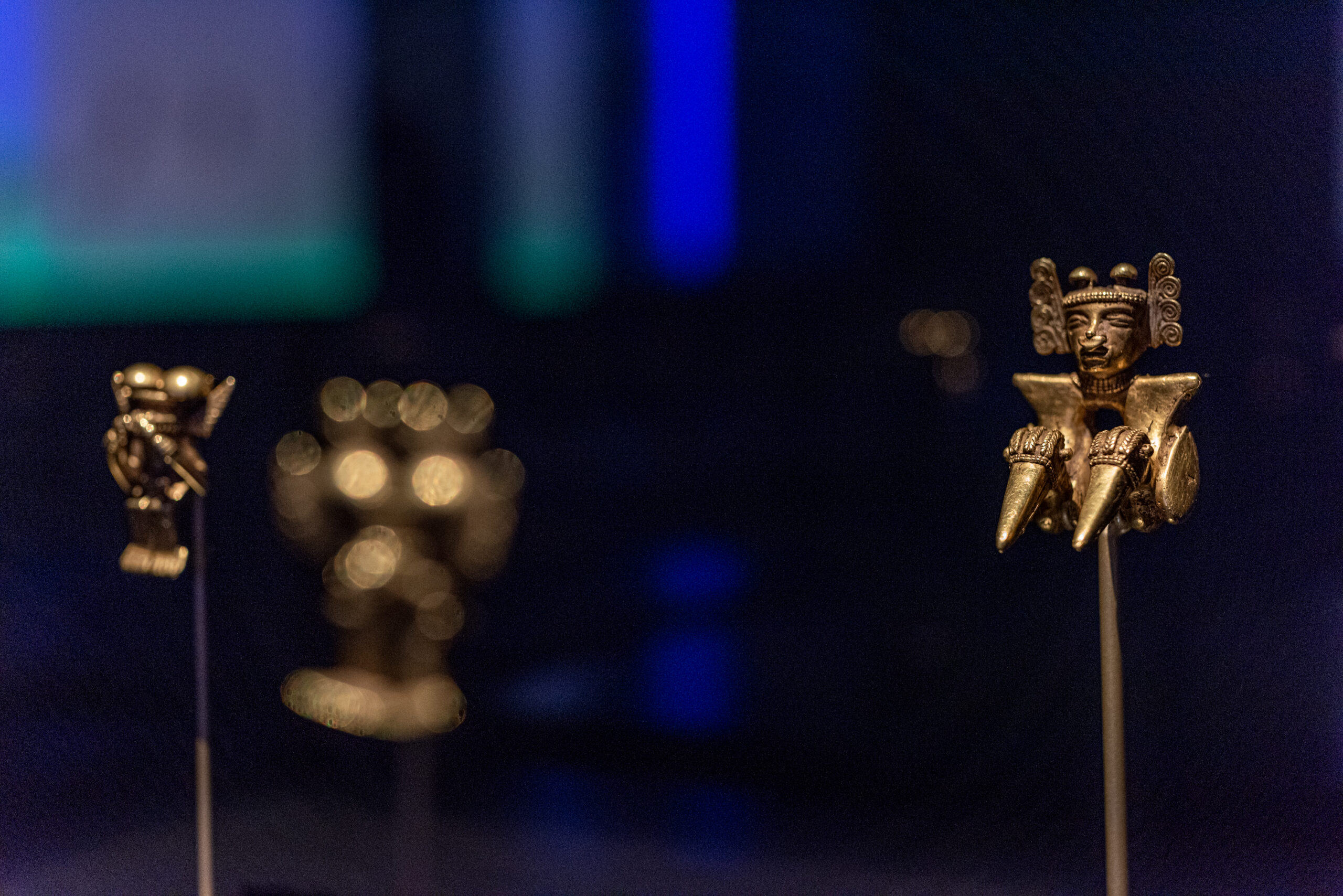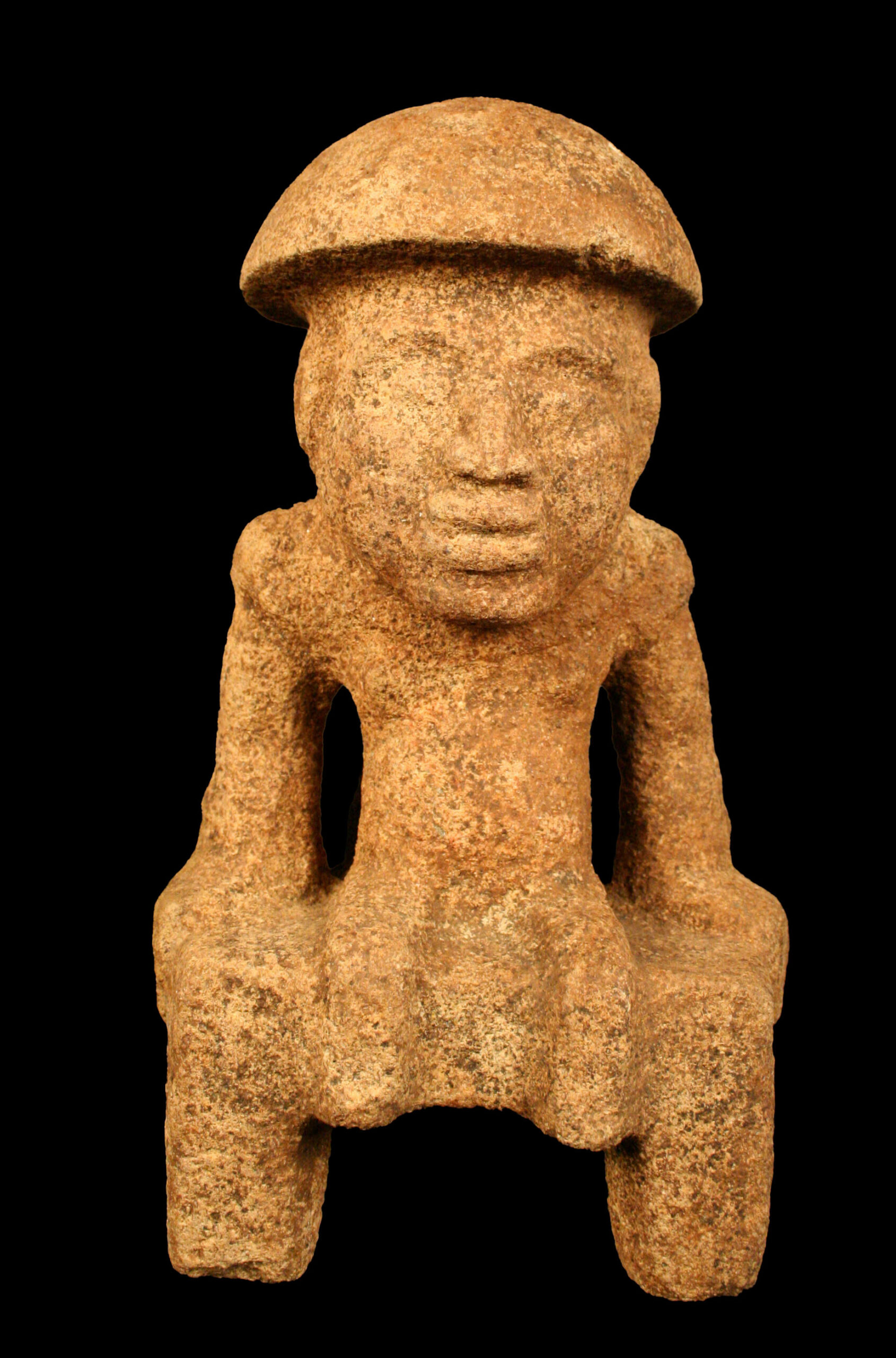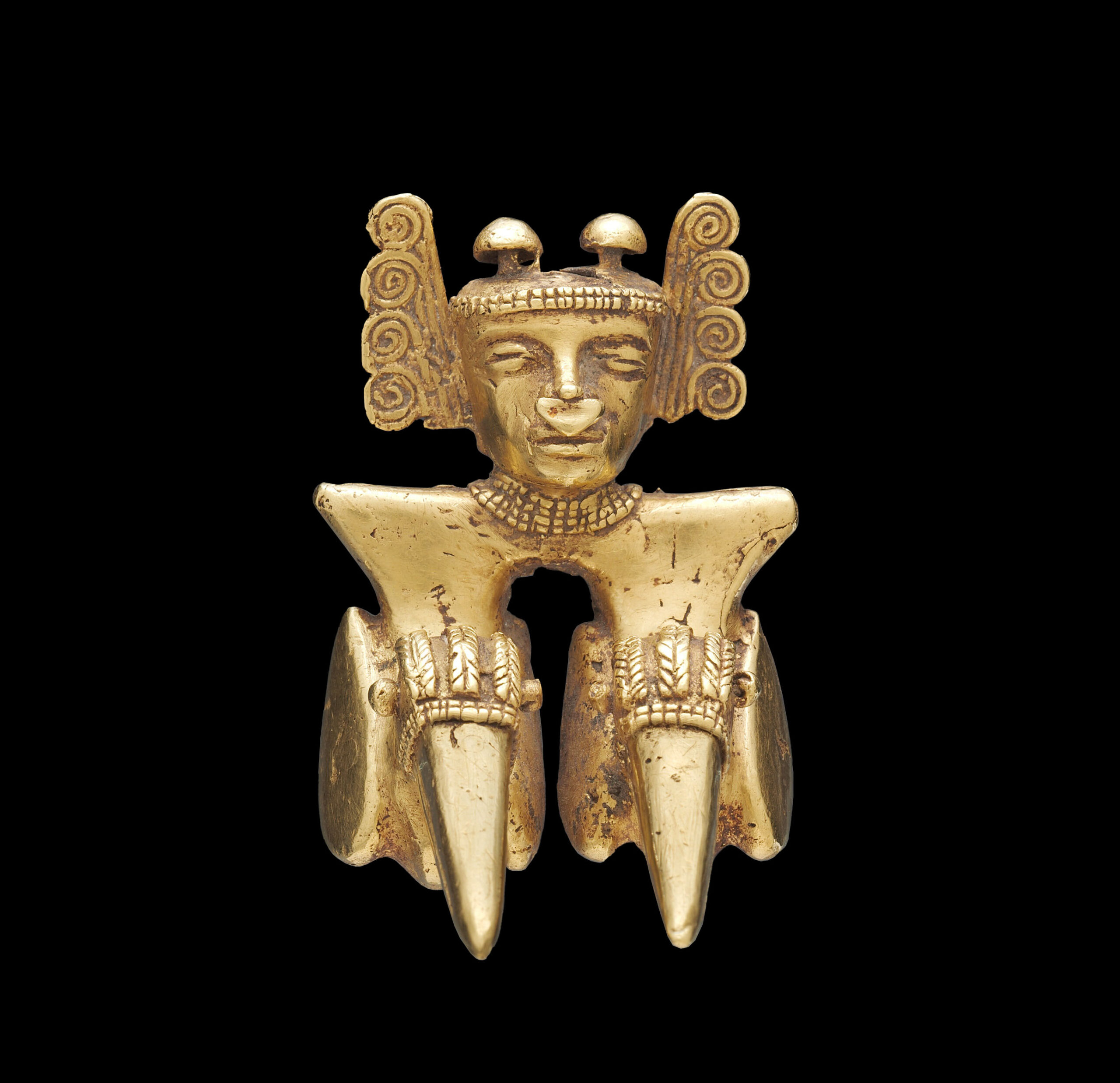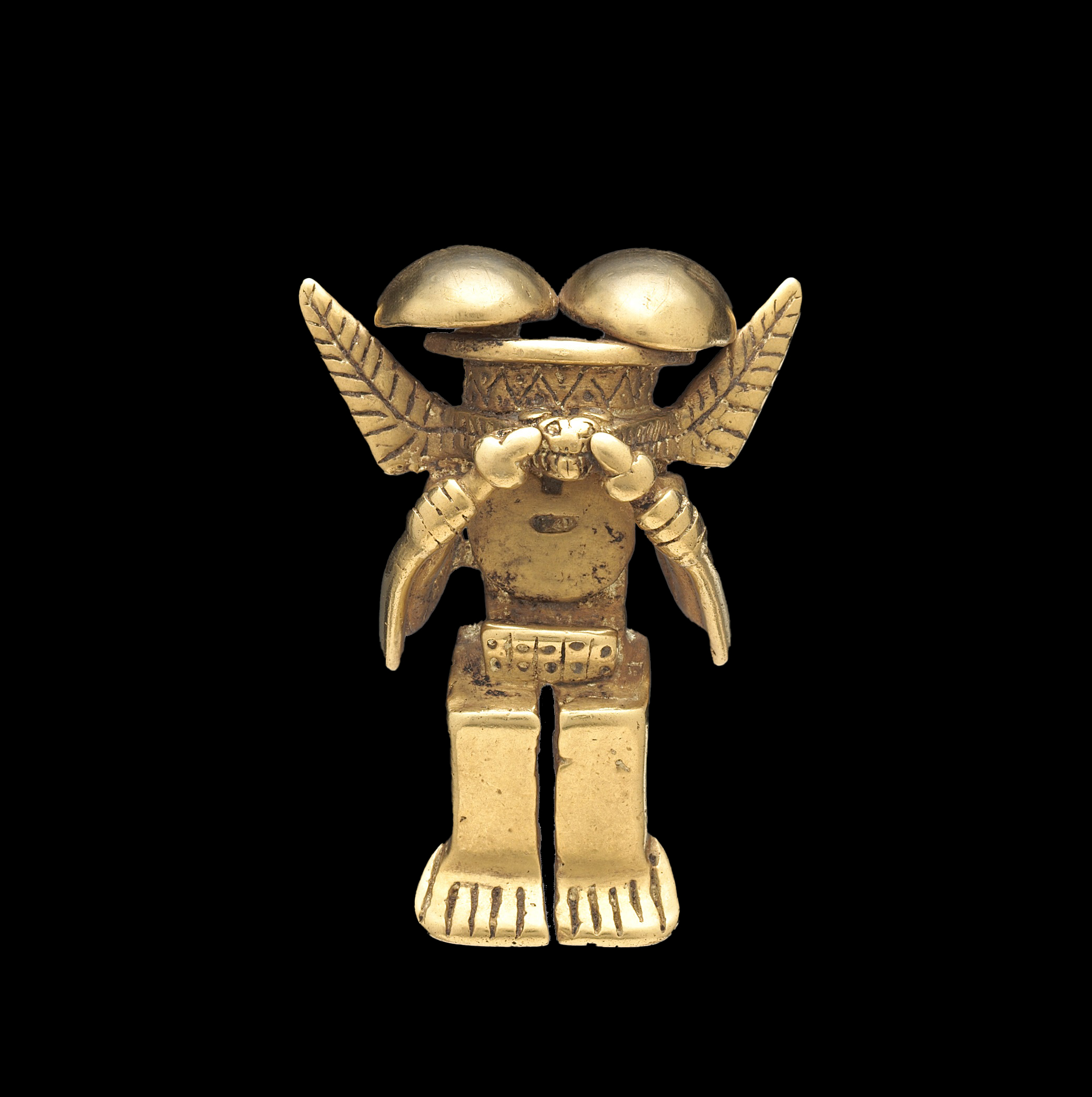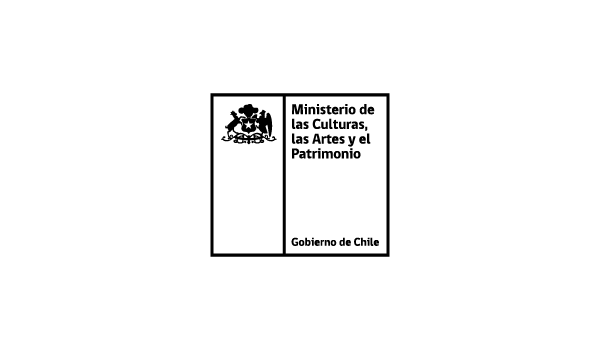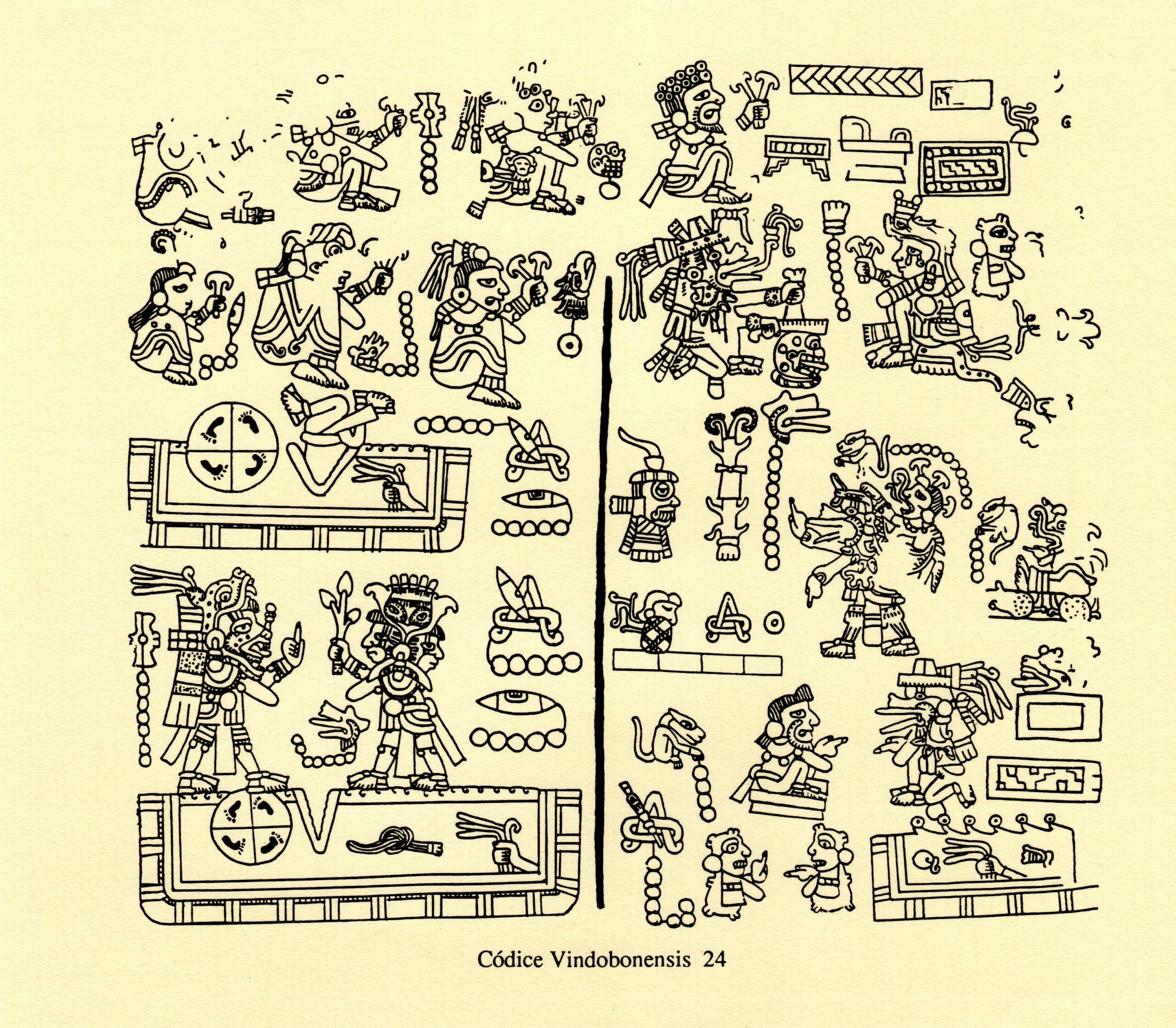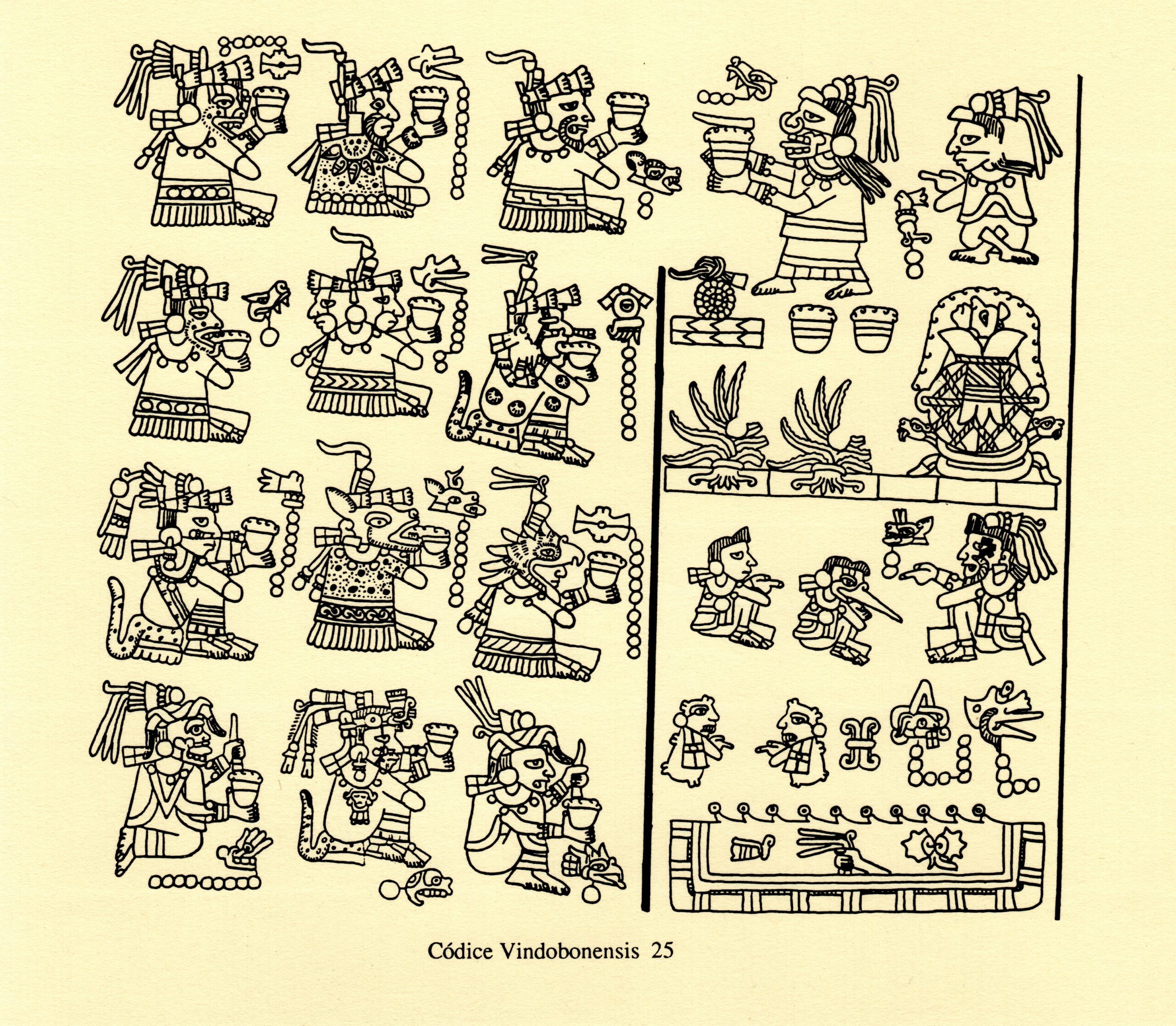María Sabina.
Shaman and Mazateca poetizer
María Sabina was a Mazatec shaman and poet from Mexico (1894-1985), known among her people as Chjota Chjine, ‘the one who knows’. She cured using mushrooms of the Psilocybe genus in ceremonies that lasted all night. She sang her poetry on long evenings alongside her ‘holy children’, as she affectionately called these visionary mushrooms that grow in her native Huautla de Jiménez, Oaxaca. A wise woman who practiced medicine and clairvoyance, uniting pre-Hispanic indigenous traditions with the Catholic religion.

